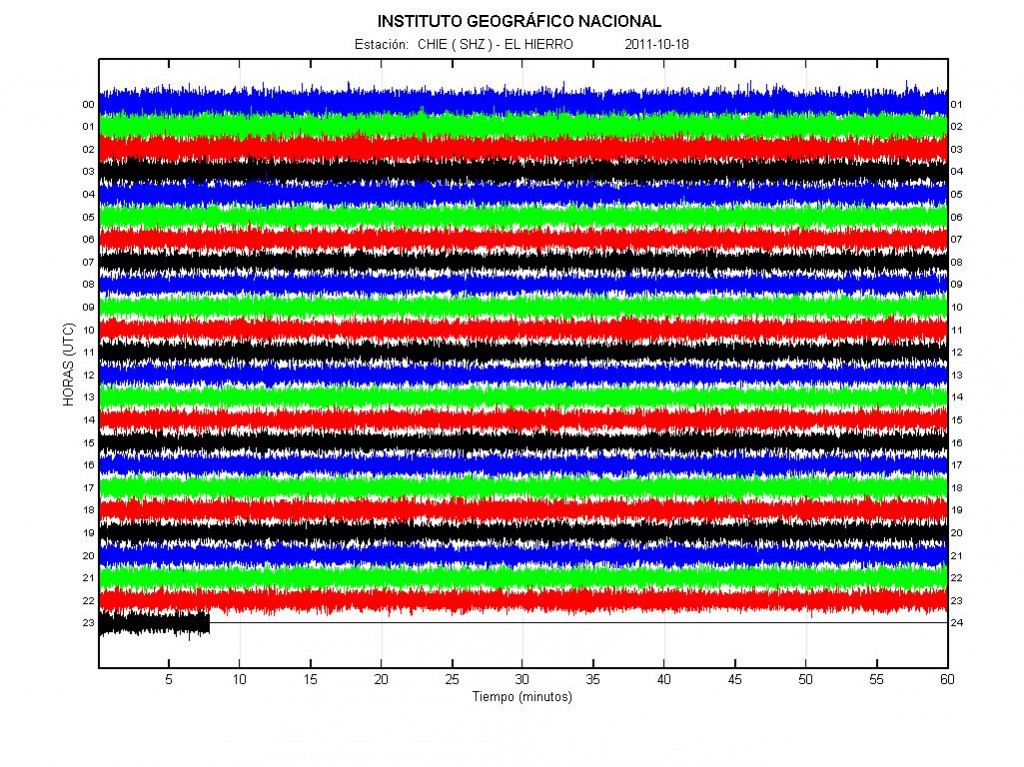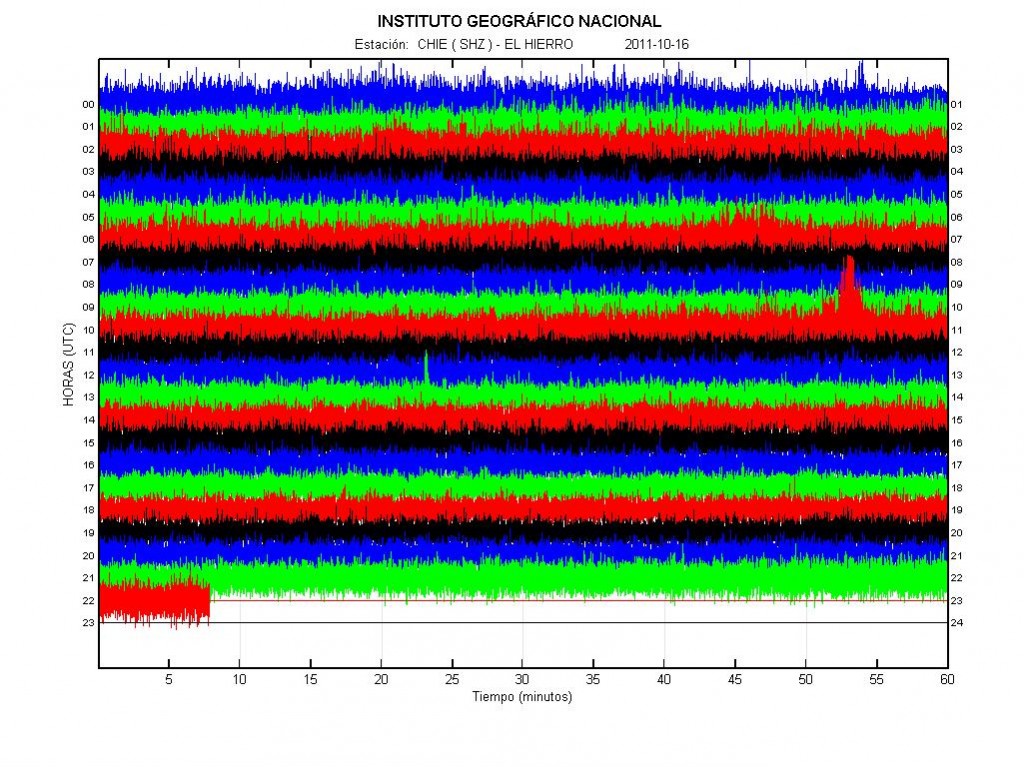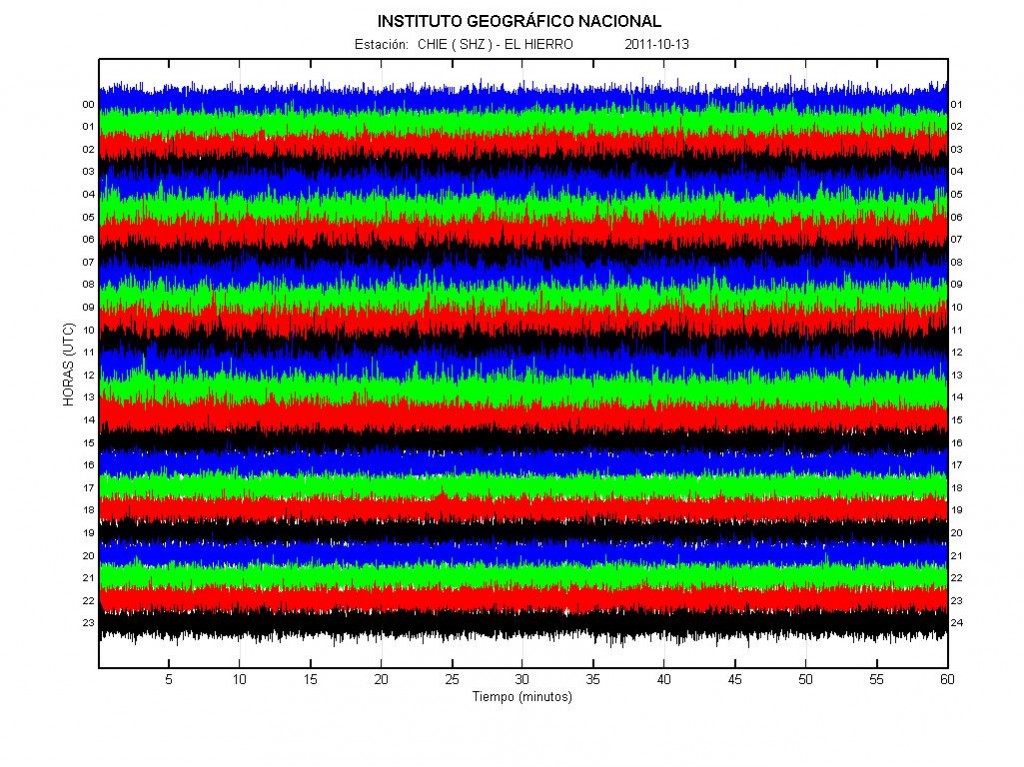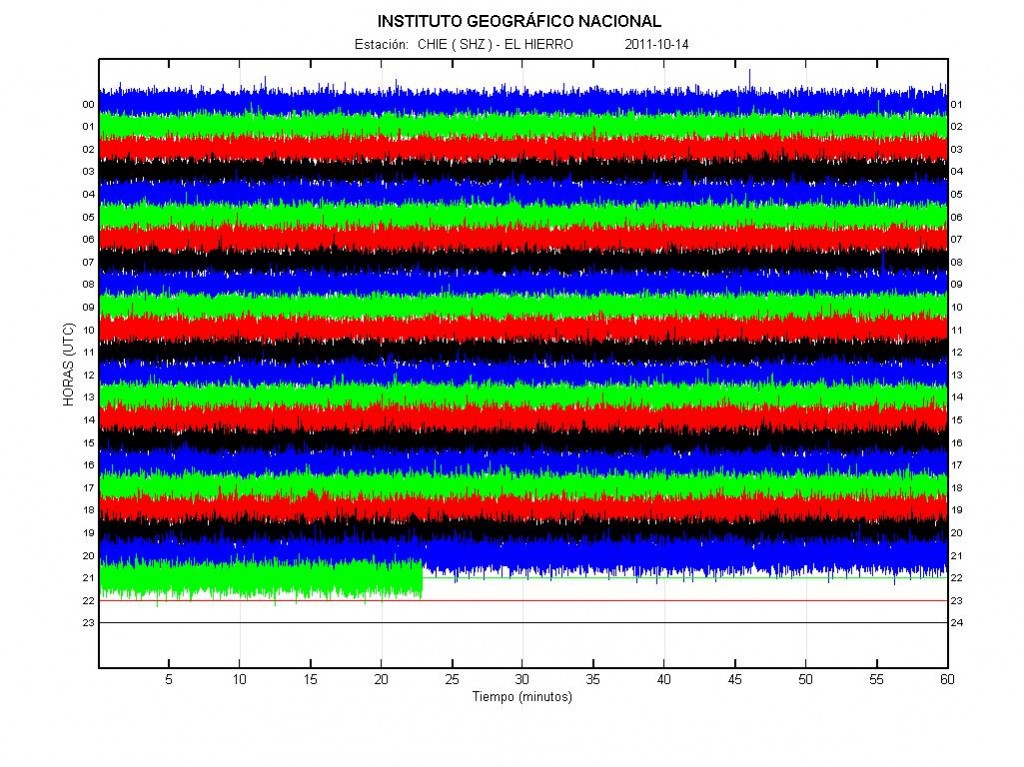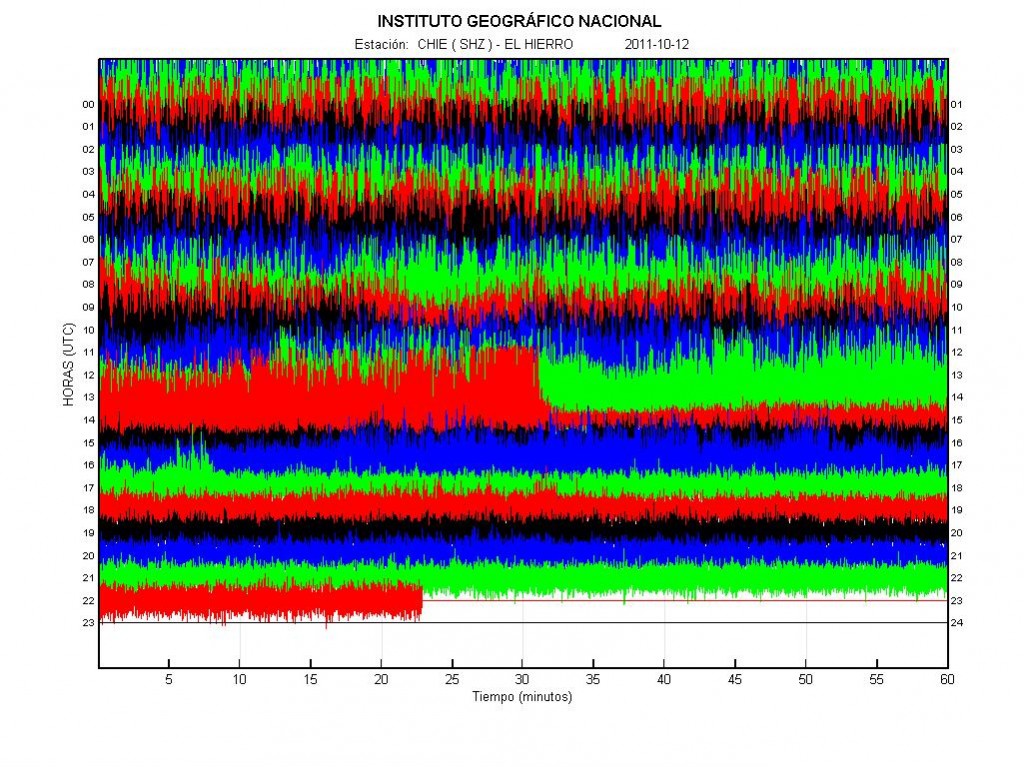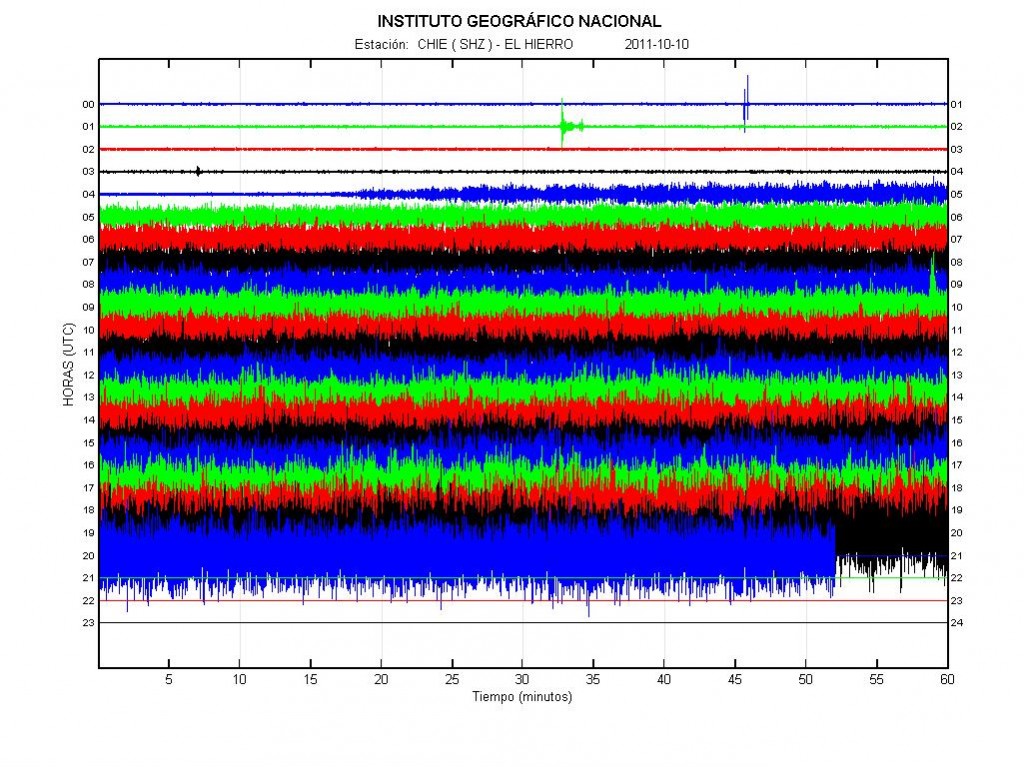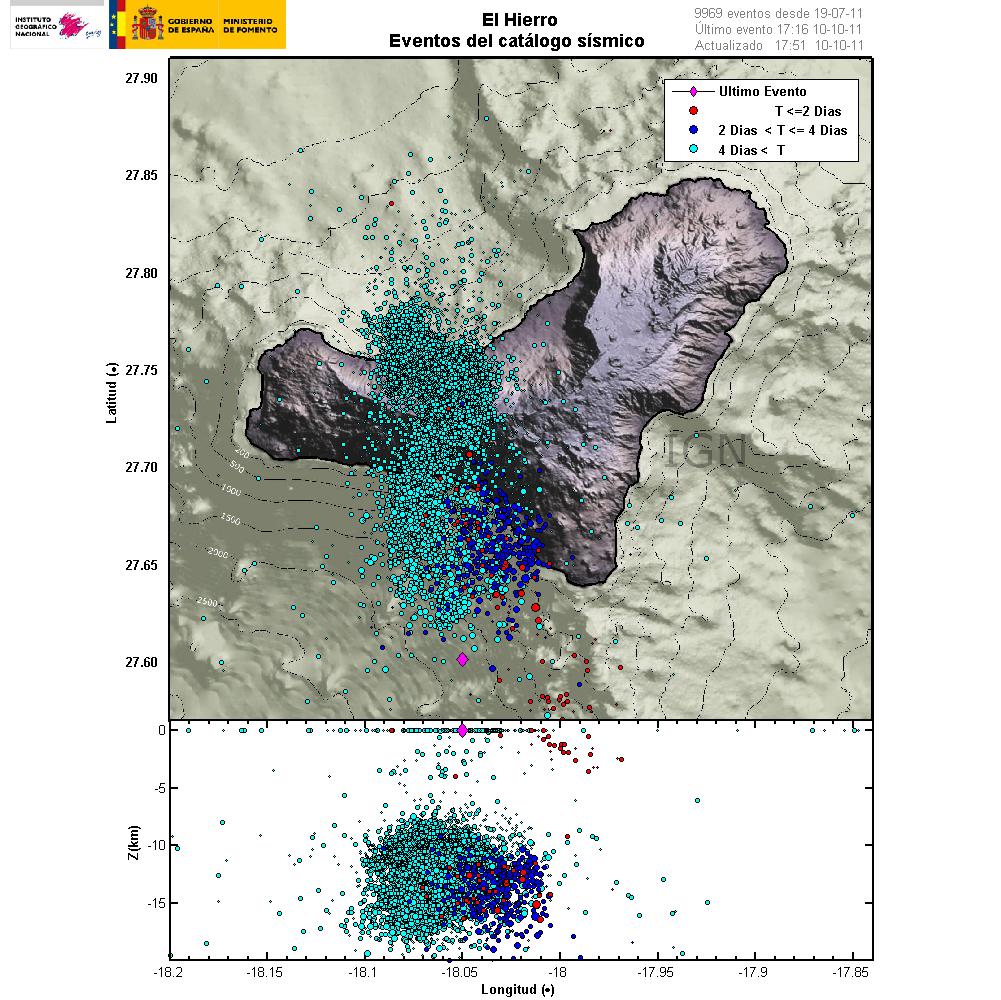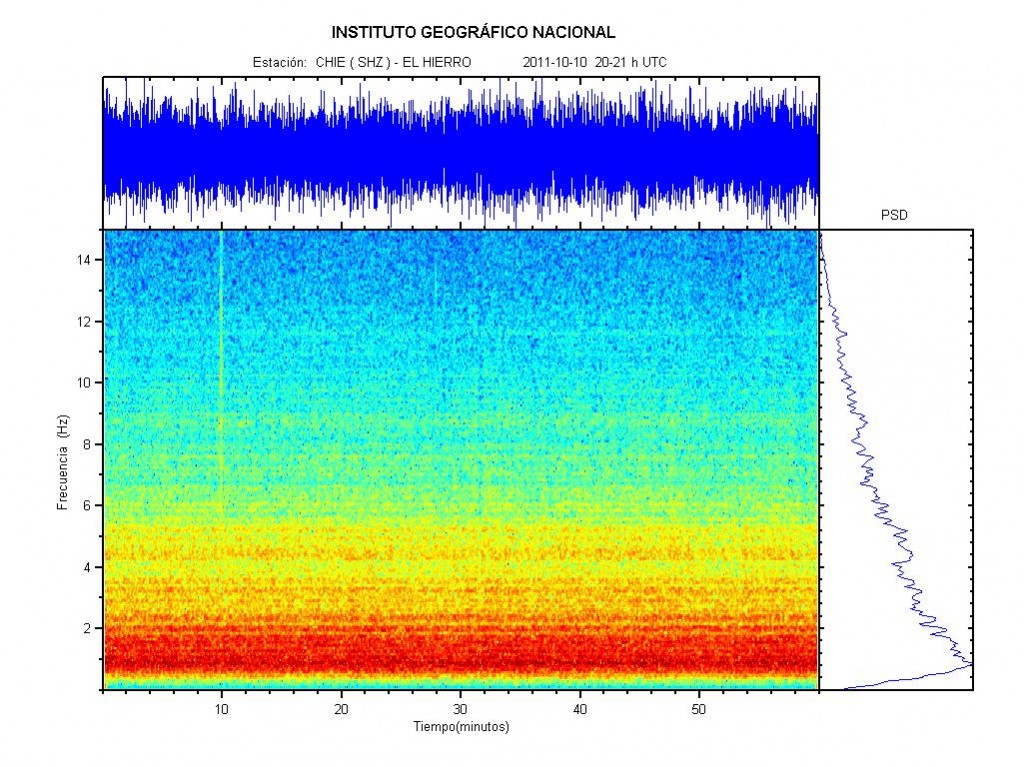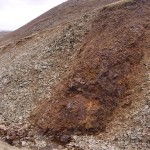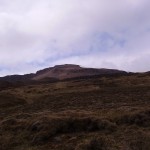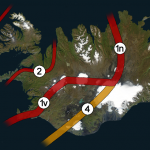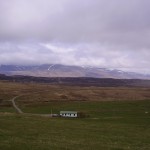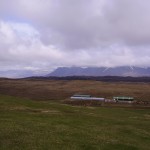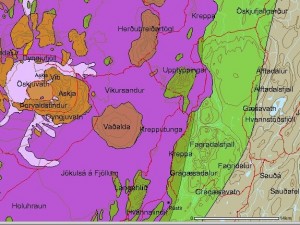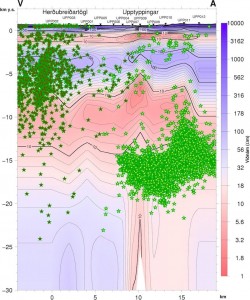Here are few points about geology in Iceland (just because I cannot sleep at the moment). This is also a offshoot of this blog post here.
The basic thing that needs to be known about Iceland is the fact that it is just a island over a hot spot. In every other terms it behaves as expected by a volcanic island on a rift zone. There is a lot known about Iceland geological features and volcanoes. But there is also a lot unknown at the moment. There is nothing mysterious or strange about that. We just don’t know this at the moment, but in the future we hopefully are going to know this. As each eruption or earthquake swarm teaches us more about Iceland and how it works.
I have seen a lot of wrong things about geology in Iceland on this blog in past few days. For instance the claim that energy travels trough a fault zone with N-S bearing (mostly). The volcanoes in question where Hengill volcano and Hekla volcano. This volcano do not exchange energy over SISZ. It simply just does not happen, as law of nature does not allow for it to happen. The following natural laws prohibits this energy transfer (and there is no way around it), Laws of thermodynamics, Inverse-square law, Conservation of mass, Conservation of energy, Momentum, Angular momentum and whole a lot of other physical laws that apply in nature.
I know one of two thing about physics too. As I fully apply that when I am considering what a volcano or a earthquake swarm might be up to in Iceland.
The evolution of Iceland during the past ~20 million years is also a factor in this. As there are many fully formed rift zones, but there is also a lot of failed rift zones in Iceland. There might even be new failed rift zones being formed today. But it impossible to know that for sure at given time. Since we have no way of knowing what is “new” and what is “old”. Research into this matter is going to shed some light on it. But that might take years of hard work of scientists for years to come.

The basic evolution of Iceland from 15milyr ago until the today. Copyright of this image belongs to its owner.
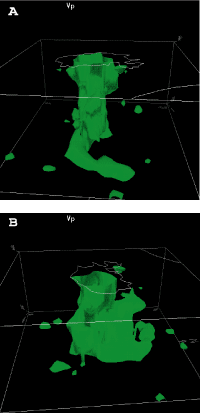
This is the best picture that I know of what they think is the Iceland hotspot. Copyright of this image belongs to its owner.
There is also the thing about the crust in Iceland. But it is believed that part of it might be from a old continent. But majority of it is currently covered with newer layers of rock and sediments. But studies have also suggested (or proved) this. The following papers can be read on this subject.
Older crust underlies Iceland (pdf)
Continental basement under Iceland revealed by old zircons
Continental geochemical signatures in dacites from Iceland and implications for models of early Archaean crust formation (ScienceDirect)
This in part explains the difference in crust thickness when it comes to Iceland.
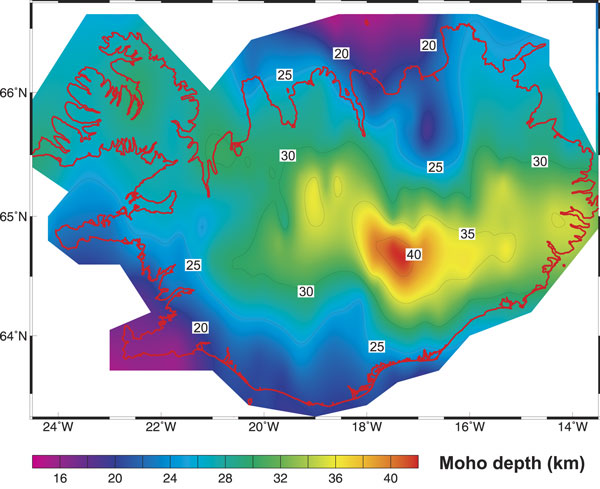
The thickness of the crust in Iceland. Copyright of this image belongs to its owner.
All pictures above are from this study into the Iceland mantle plume (they are trying to disprove it existence). Iceland & the North Atlantic Igneous Province
Here is a different map of Iceland volcanoes, fissure swarms and age of the lava fields.
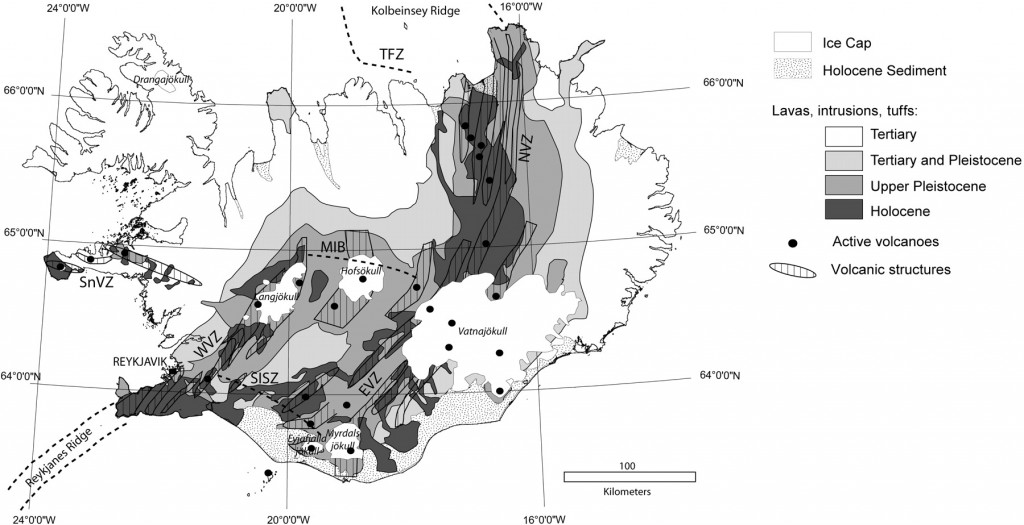
Iceland and its volcanoes. Copyright of this image belongs to its owner. This picture is from this web site here, Post-glacial rebound of Iceland during the Holocene Click on the picture to get full size.
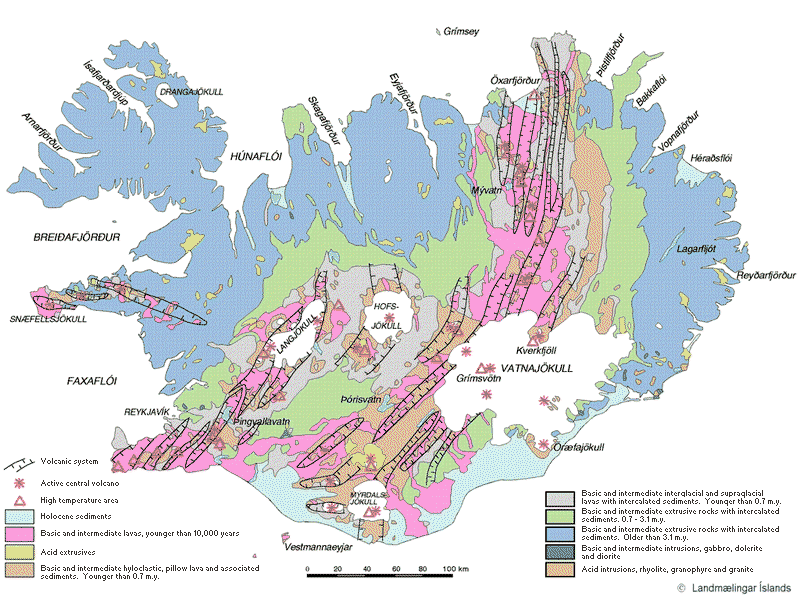
Similar map. But in colour. Copyright of this image belongs to its owner.
I hope that this clear few things up about Iceland and how it works and might work. Since we are still learning and there is a lot of things that we do not know about how Iceland actually functions. But me and professional geologists and scientists are doing there best to learn about how Iceland works.
If there is a claim about Iceland that just sounds crazy, it probably is crazy and not based in any actual fact about Iceland and the geology that makes up Iceland.
